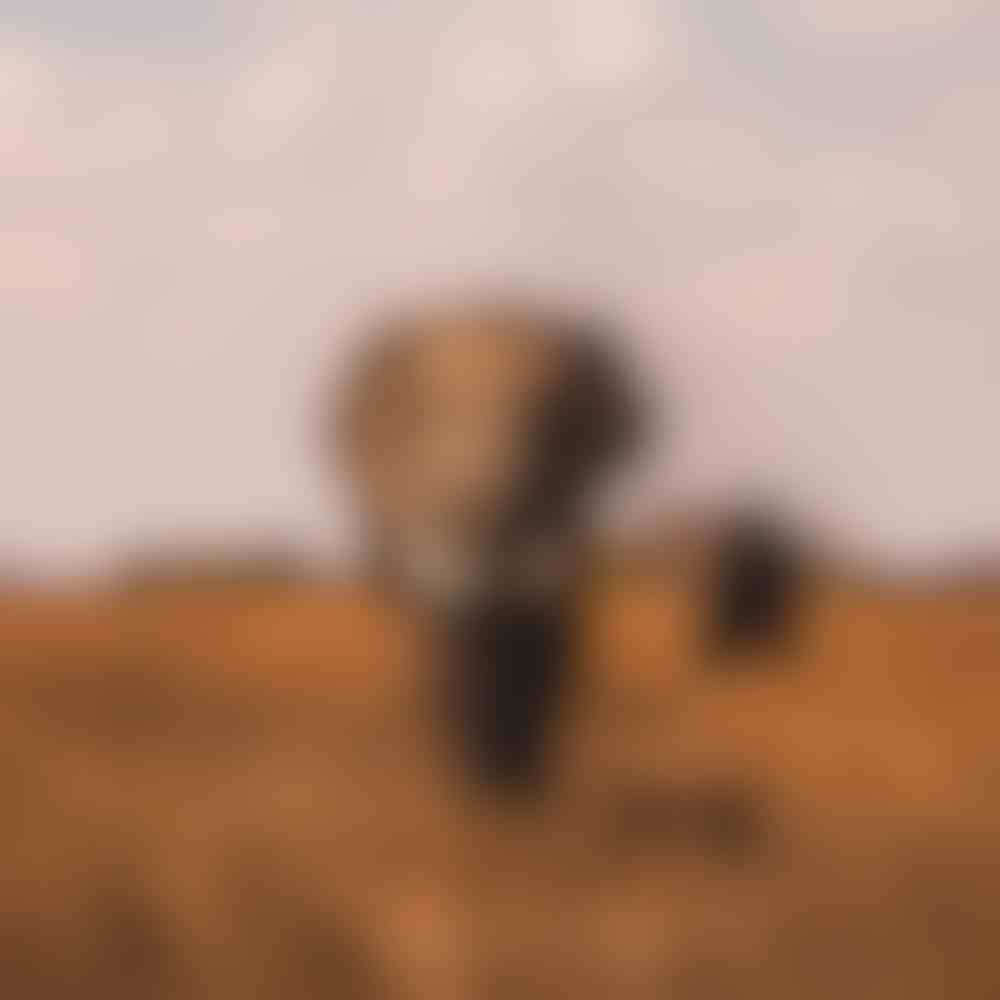Veterinary Clinic & Wildlife Rescue
Veterinary Research
Ol Jogi’s Veterinary Clinic is poised to provide the very best veterinary care for wildlife in East Africa. We are looking to source modern equipment with which our resident veterinarian can provide gold-standard care for the wildlife patients that are brought to our clinic. We endeavor to work closely with the Kenya Wildlife Service veterinary department, and our ethos is to help build veterinary capacity both in Kenya and also for veterinary students across the world.
History & Goals
Our goal is for Ol Jogi’s Veterinary Clinic to become a center of excellence for wildlife medicine and One Health teaching in Kenya. An important component of our work is to increase regional capacity by facilitating training opportunities for local and international students and veterinarians.
This includes advanced training in wildlife pathology; the non-invasive analysis of rhino reproductive hormones; and investigating the epidemiology of Stephanofilaria dinniki, an emerging parasitic skin disease of rhino.
Wildlife Rescue Center
In 1986, Ol Jogi developed a wildlife rescue center to care for animals that have been orphaned or injured as a direct result of human activity. Since inception, we have been brought a multitude of different species and we aim to give them the very best veterinary care and living conditions until they are ready for release back to the wild.
In 1986, Ol Jogi created a Wildlife Education Program. Some of the wildlife orphans that are brought to our facility cannot be responsibly released due to injury or habituation; however, these individuals are able to become resident ambassadors for their species.
These animal ambassadors have the potential to educate Kenyan visitors in a far more dynamic and personal way than lectures in a schoolroom. To date, we have hosted more than 100,000 Kenyan school children at our Wildlife Rescue Center, teaching them about the importance of wildlife and nature. We focus on the science of conservation and emphasize the economic importance of sustainable wildlife conservation to the people of Kenya, current, and future.
Philosophy
In order to maintain a sustainable facility, Ol Jogi was one of the pioneers in rehabilitating and releasing wildlife orphans. We now take in wildlife orphans with the primary goal of one day responsibly releasing them back to their natural environment. It is important to note that this is a complex process that often takes many years in order to re-wild orphans. We will only release the orphans on a case-by-case basis where it is considered responsible to do so.
History
Human-induced wildlife orphans are a result of habitat encroachment, bush-meat, trophy poaching, and human-wildlife conflict. Kenya has lost up to 70% of its wildlife since 1980. Wildlife orphans are inevitable and prolific. In 1986, Ol Jogi realized that we must try to save animals injured or orphaned by human conflict, particularly endangered species; consequently, our Wildlife Rescue Center was developed. The facility was filled very quickly and we developed a release philosophy in order to make space for newcomers and, importantly, to allow rehabilitated orphans to return to their natural environment. To support this, our state-of-the-art Veterinary Clinic was built in 1995.
Rhino Orphanage
Intro
The eastern black rhino (Diceros bicornis michaeli) is the most endangered sub-species of all the black rhinos with less than 1,000 remaining. There are unfortunate instances when rhinos are orphaned, become sick, or are injured and require prolonged care and treatment. At Ol Jogi, we have developed a state-of-the-art facility to accommodate such requirements and provide the best care possible to this critically endangered species.
Facilities
A modern rhino enclosure with capacity for long-term hospitalization and rehabilitation of up to four rhinos at one time. The facility includes accommodation for rhino handlers, security infrastructure, sustainable power, and an adjacent 500-acre predator-proof enclosure. Fresh browse is cut daily and brought to the enclosure to provide hospitalized rhinos with their natural diet. Young calves are accompanied daily by their dedicated handlers on walks into the wider conservancy where they can enjoy mud wallows, browse on native foliage, and safely encounter other wildlife preparing them for their eventual release into the wild. Providing orphaned and injured rhino calves with gold-standard husbandry and veterinary care, our aim is always to reintroduce rhino back into Ol Jogi’s breeding population so that they can contribute to the survival of their species.


